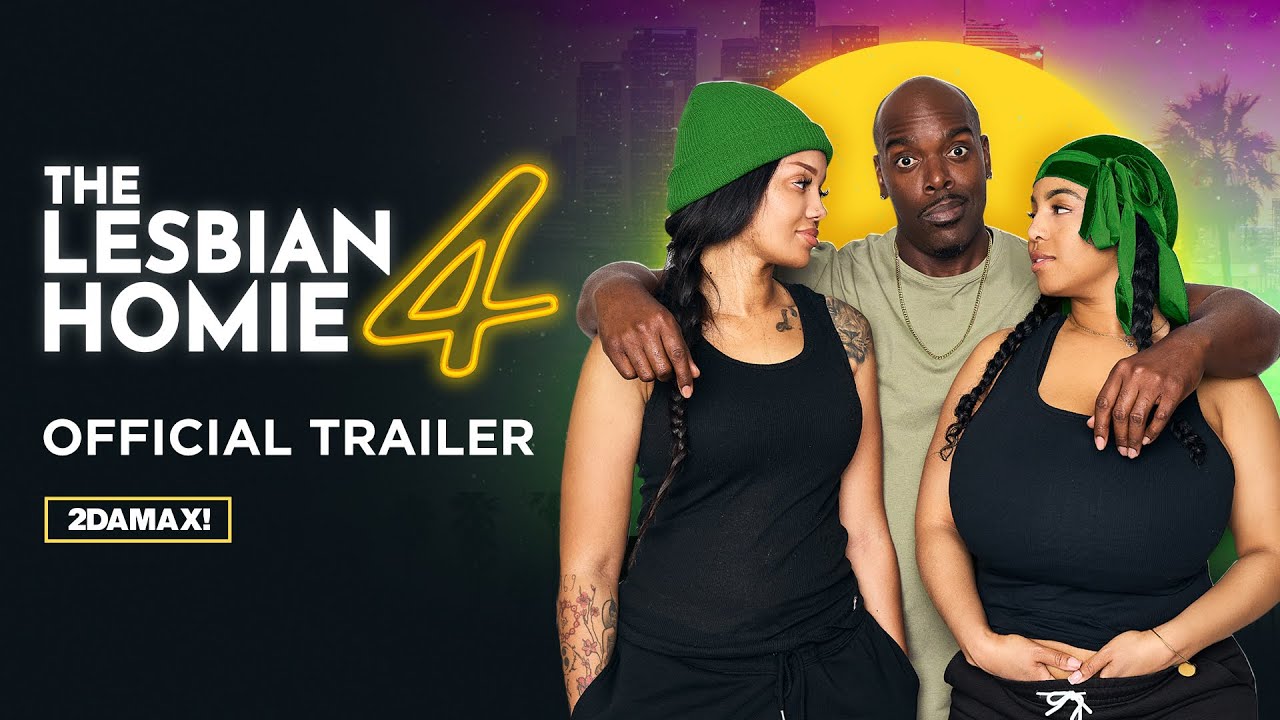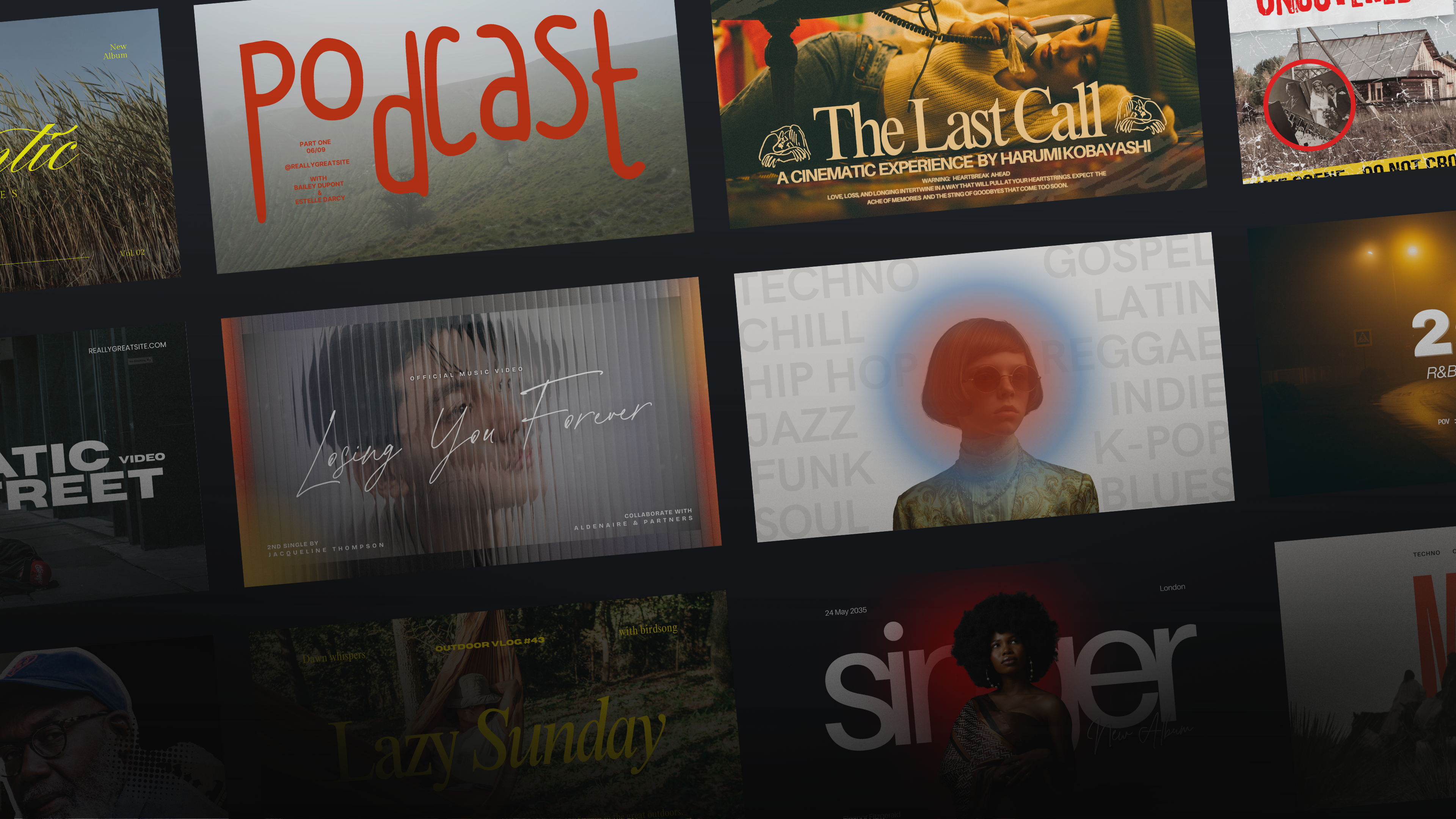Lessons From the E-commerce Leader.
Last month, the Single team visited our neighbors to the north - during Shopify Unite 2019 in Toronto. After this sneak-peek at their upcoming developments, we’re even more fired up about the future of the Shopify platform.
As just one example of their recent success, last year’s Black Friday sales through Shopify-powered stores peaked at a mind-numbing $37 million per hour. Even more, an incredible 63% of these Black Friday purchases were completed on a mobile device or tablet.
But… How?
In our estimation, Shopify’s success can at least partly be attributed to its willingness to bet on growing trends and emerging technologies. Building out integrations before these technologies reach a tipping point ensures Shopify (and the thousands of stores powered by Shopify) stays ahead of the curve - and is ready when these trends reach the mainstream.
When Shopify launched its first mobile app in 2010, most consumers didn’t feel comfortable making large purchases from a mobile device. To put it in perspective, the Apple App Store had only been around for two years. Consumers weren’t ordering pizza from their mobile devices, let alone spending $86.37 - the average 2018 Black Friday online order size from more than 650,000 Shopify powered stores.
But Shopify has notoriously played the long game - positioning itself as a mobile-first platform when phones were phones and computers were computers.
This is why we’re paying special attention to Shopify’s recent move towards integration with cryptocurrencies. Mobile devices have advanced tremendously over the past 8 years, and we expect the same from crypto. One technology that we’re watching closely is Bitcoin’s Lightning Network.
Lightning in the Music Industry
The Lightning Network is a “second layer protocol” which allows for instantaneous transactions at virtually no cost. Seems like a good fit - the music business has long been plagued by a lack of transparency and timely payments, mostly at the expense of creatives. Fortunately for artists, technology tends to eliminate inefficiencies.
The first and most obvious outcome of the Lightning Network on the music industry would be a reduced transaction cost for fans purchasing music, merch or concert tickets. These transactions, happening online or in person, would be immediate and cost a fraction of a penny.
New models for music consumption could be introduced. A streaming service that utilizes micro-payments, as opposed to Spotify’s existing “pro rata” system, would result in a much fairer distribution of revenue to smaller artists who aren’t charting on Billboard.
Here’s another example: At the end of a concert, fans could send a small amount of crypto to a posted QR code and immediately receive the official audio from the show. Imagine the quality of fan-captured content that would emerge if iPhone concert videos were matched with official audio.
These are just a few ideas. It’s up to all of us to apply new technologies and bring about a music business in which creatives are paid fairly and on time. But how does this technology work? Where is this all coming from? Let’s take a closer look.
Crowded Places
Cryptocurrencies finally reached a point of popular awareness during the insane run-up at the end of 2017. Hype was at an all-time high and the sheer number of transactions overloaded the Bitcoin network. As a result, transactions became slow and expensive. The brief explanation is that every transaction took place “on-chain”.

When a user sends bitcoins to another wallet address, they broadcast a digitally signed message to the network, which is essentially a small amount of data accompanied by a transaction fee. Unconfirmed transactions are gathered together in “blocks” and wait to be confirmed by miners in the network.
As per the Bitcoin protocol, blocks are confirmed every 10 minutes, with a maximum block size of 1 mb. As the network expanded and more transactions were broadcasted, this became a problem - and a major source of contention between two opposing parties.
One camp believed that Satoshi’s original implementation (fixed block size) was best, despite the crowded network. The other group (led by Roger Ver) hoped to modify the Bitcoin code and increase the block size. They couldn’t come to a consensus, and this resulted in the first Bitcoin hard-fork and a new crypto was born - Bitcoin Cash.
You can find an excellent visual comparing the transactions taking place on the Bitcoin and Bitcoin Cash Networks here.
The Off-Chain Solution
Joseph Poon, creator of the Lightning Network, explains in the LN whitepaper,
“If only two participants care about an everyday recurring transaction, it’s not necessary for all other nodes in the bitcoin network to know about that transaction. It is instead preferable to only have the bare minimum of information on the blockchain. By deferring telling the entire world about every transaction, doing net settlement of their relationship at a later date enables Bitcoin users to conduct many transactions without bloating up the blockchain or creating trust in a centralized counterparty.”
The LN is a network of bi-directional payment channels. This creates a scenario where any peer on the Lightning Network can pay another peer, even if they didn’t directly have a channel open between each other.

You can think of the LN like a third-party arbitrator - but instead of a central entity that must be trusted, trust is spread across the Bitcoin network and is subject to the same cryptographic security as the rest of the network. Through this method, transactions still happen on a peer to peer basis, as was initially intended with Bitcoin’s creation.
This is possible because these transactions are happening “off-chain”. For those interested in the technology behind this innovation, take a look at HTLCs (Hashed Timelock Contracts).
Looking Ahead
Despite the LN’s rapid growth this year, we’re still a long way off from a successful mass-implementation. But once the Lightning Network is popularized, the capability of the Bitcoin network as a whole will surpass any payment network in existence today.
A settlement layer that offers instantaneous transactions at virtually zero cost, in an environment that is cryptographically secure and easy for fans to use will open up the music industry in ways we cannot imagine.
In the meantime, we will continue exploring different use cases - each of which expands fan access to music and puts more money into the hands of artists. We believe it will be well worth the wait.
And judging by the way Shopify is positioning itself, they think so too.
- Joe





